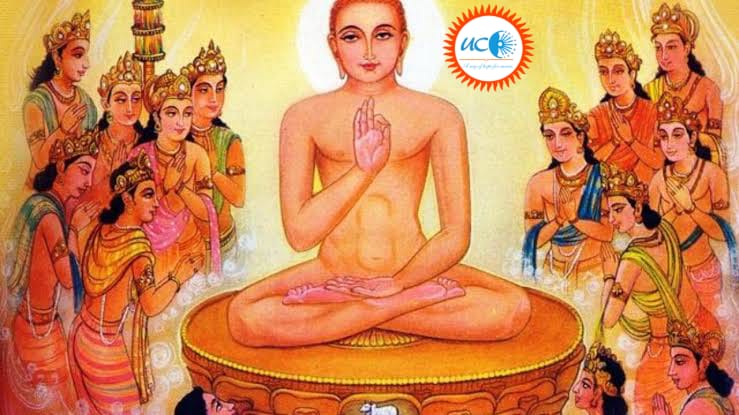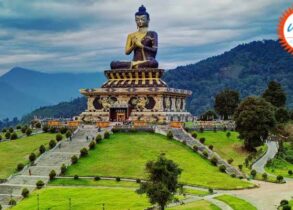Jainism
JAINISM
Jainism is an ancient religion which preaches strict adherence to non violence to all living being to achieve liberation and enlightenment. It came into prominence during 6th century BC and Lord Mahavira played a significant role in its popularity among masses. The word ‘jaina’is derived from ‘jina’ or ‘jaina’ wich means conqueror
MAHAVIRA:
He was the 24th tirthankara (means teacher), the first was Risabhnath. He was born in 540 BC in a village near Vaishali. He belonged to the Jantrika clan and was connected to the royal family of Magadha. At the age of 30 he renounced his home and became an ascetic. He practiced austerity for 12 years and attained kaivalya (highest spiritual knowledge) at the age of 42. He delivered his first sermon in Pava. He travelled across the kingdom of koshala, Magadha, Mithila, champa to preach Jainism. He passed away at the age of 72 near Pavapuri.
REASON FOR THE RISE OF JAINISM
- The orthodox rituals in Hinduism and the dominance of priestly class
- Sacrificial rituals in Hinduism increased cow and bullock slaughtering which affected agriculture
- The exploitation under varna system where the two upper classes control the agricultural surplus produced by the Vaishya and shudra community
- Conflict between kshatriyas and brahimns , where the former was against the later domination.
- Simple and peace centered principles of Jainism.
Later Magadhan ruler Chandragupta Maurya adopted Jainism which where it received royal patronage and becam more popular. He also played significant role in its spread to south.
TEACHINGS OF MAHAVIRA.
- Rejection of vedic principles, no rituals are required to attain liberation.
- Law of causation used to explain the origin of universe, hence universe not necessarily a god’s creation but a natural phenomena
- Accepted karma theory and transmigration of soul
- Advocated a life of austerity and non-violence.
- Stressed on equality
- He did not reject the caste system, unlike Buddhism.
- Asceticism was practiced in extreme. Starvation, nudity, and self-mortification were expounded.
- Salvation or liberation attained through three principles called three jewels or triratna
- Right Faith (Samyakdarshana)
- Right Knowledge (Samyakjnana)
- Right Action (Samyakcharita)
- Five Doctrines of Jainism
- Ahimsa: Non-injury to living being
- Satya: Do not speak a lie
- Asteya: Do not steal
- Aparigraha: Do not acquire property
- Brahmacharya: Observe continence





